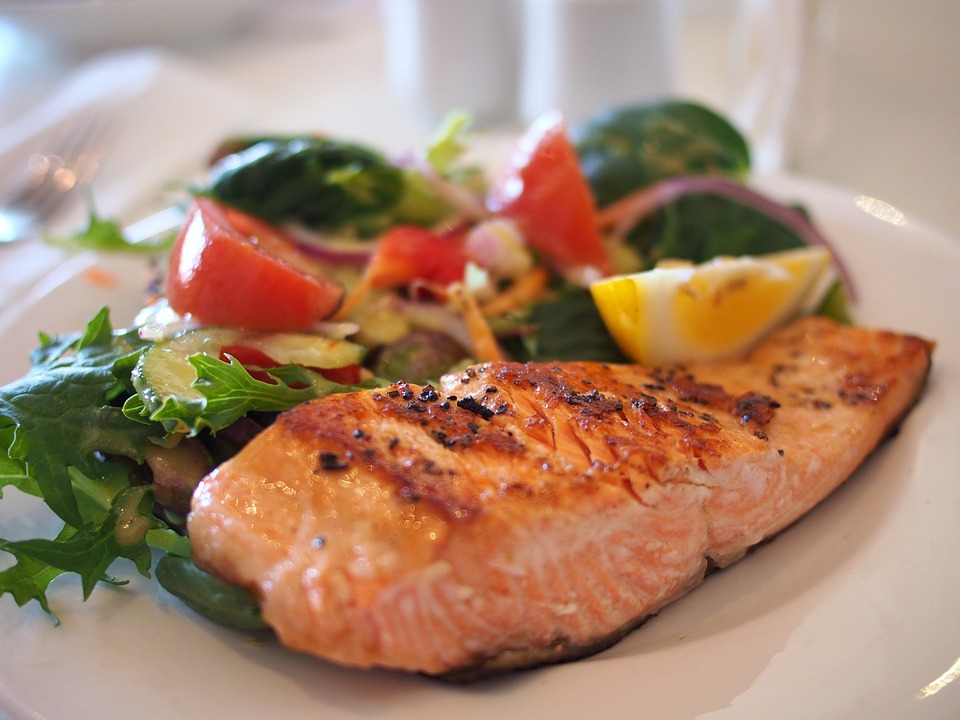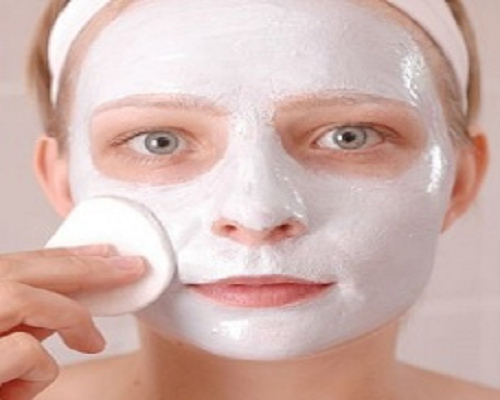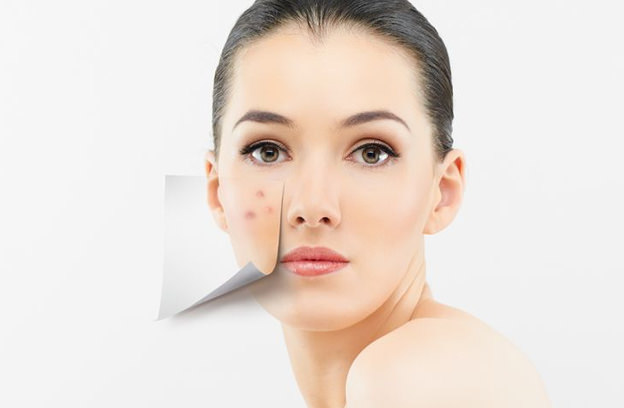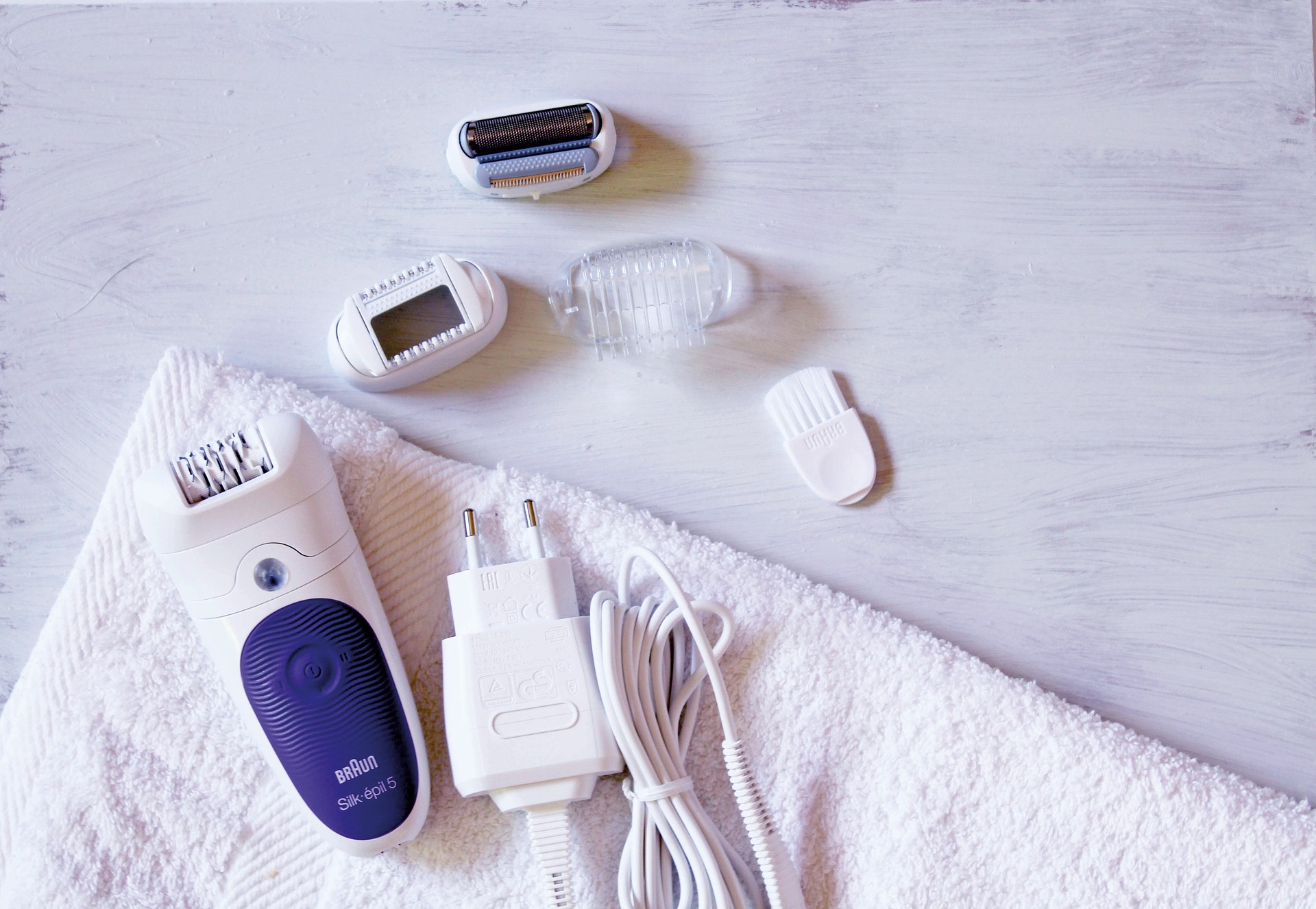Healthy hair is closely related to your diet. We all know that dying and curling your hair can make you more attractive, but those are not the best things for your hair in the long term. What it really needs is essential nutrition. We listed the top 5 foods that will keep making sure it’s as healthy as possible.
Spinach
Spinach is rich in iron and also contains high amounts of vitamin A, vitamin K, and folate. One of the main causes for hair loss or breakage is a lack of iron. Iron helps in producing red blood cells called hemoglobin, which carry oxygen to different parts of the body and distribute essential minerals and nutrition for our cells to function properly. When iron levels are low, the number of red blood cells is decreased. As a result, our body experiences fatigue and weakness. A decrease in red blood cells means that oxygen is unable to reach derma papilla cells, which are the main source for nourishing hair follicles.
Spinach also contains the highest amount of Vitamin K of any other vegetable. Vitamin K helps blood circulation by preventing blood from getting clogged in the body. One cup of spinach provides about 200% of the daily recommendation of vitamin K.
Salmon
Salmon is a great source of Omega 3 fatty acids. According to Foxnews.com, our bodies are not capable of producing Omega 3 fatty acids alone, so it is important to eat foods or hair growth vitamins that include this source.

Read Also: 6 stunning long hairstyles for oval faces
Omega 3 fatty acids have a direct link to the health of hair follicles and keep our hair growing stronger by regulating sebum production. More hair care manufacturers are introducing new products that contain alpha-linolenic acid (ALA), which is a vital part of Omega 3 fatty acids.
Eggs
Our hair is largely made of protein but also contains a small number of lipids (a key source of moisture for hair). In order to keep hair in an optimal condition, providing enough protein is essential. Eggs, especially the egg yolks, are loaded with protein and vitamin B-12. Vitamin B-12 is another important component to nourish follicles and maintain normal hair growth cycles.
Egg yolks are also often used for hair mask treatments as one of the many hair growth natural home remedies. Mixed with a couple of teaspoons of honey or olive oil, the mixture should be applied to your hair (including your scalp) for 20-30 minutes. Cleanse by rinsing it with warm water. This egg hair mask is another great way to strengthen hair and add moisture.
Bell Peppers

Vitamin C (ascorbic acid) plays a protective role in the health of our skin and hair. Its antioxidant properties help by preventing harmful free radicals from damaging our body parts. One of the early signs of a lack of Vitamin C is dry skin and breakage of hair according to the University of Maryland Medical Center. Bell peppers contain high amounts of Vitamin C and Vitamin B-6. One medium-size red bell pepper provides 292% of the suggested daily value of Vitamin C.
Oysters
Oysters are packed with Zinc (about 30 mg per serving), which plays a vital role in overall human health. Considering the daily intake recommendation for Zinc is 8 to 11 mg, it’s obvious that oysters can be very beneficial.

Zinc helps by contributing to a healthy immune system, cell growth, and renewal of cells for skin, hair, and nails. By regulating appropriate hormone levels, Zinc-rich foods such as oysters can prevent premature hair fallout.























All Comments
incandescent bulbs
Nice post. I learn something totally new and challenging on websites
Outsourcing DataEntry
I truly appreciate your technique of writing a blog. I added it to my bookmark site list and will
outsourcing medicalBillers
I just like the helpful information you provide in your articles
Outsourcing Data Entry Services
Pretty! This has been a really wonderful post. Many thanks for providing these details.